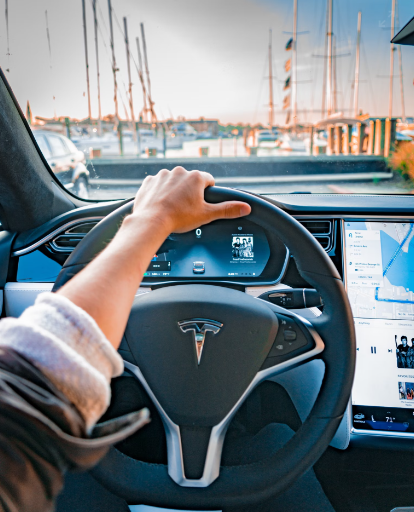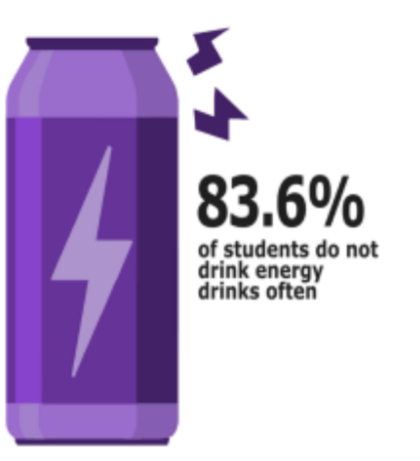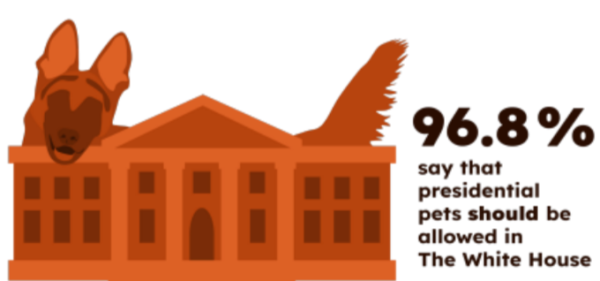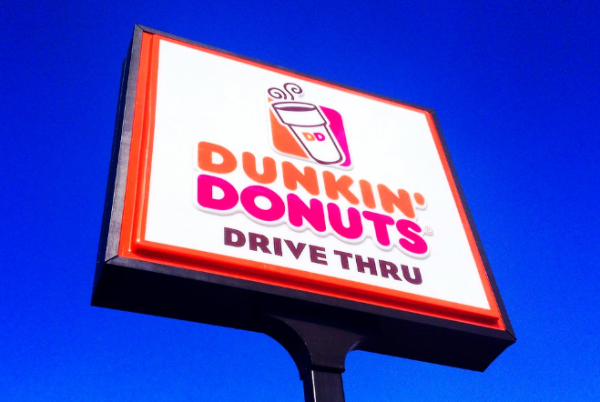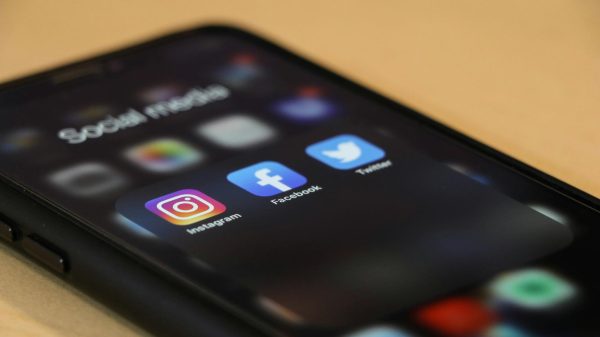Commercialization techniques manipulate shoppers
PHOTO BY NOMALITE OBTAINED THROUGH CREATIVE COMMONS
Black Friday, which is honored by companies with low prices and heavy discounts, is one of America’s biggest days for sales. According to the New York Post, customers spent an average of $520 on Black Friday in 2018. https://creativecommons.org/licenses/by/2.0/
January 17, 2020
As the holiday season rolls around, stores increase marketing and advertising to get customers through their doors, with successful stores showcasing unique twists and deals on products.
However, some advertisements are misleading. Consumers do not realize that advertisements highlight positive aspects of the product and fail to mention hidden fees, limited availability or product limitations.
Businesses also play with customers’ emotions as they shop in-store. According to Business Insider, stores play relaxing and joyful music that creates a welcoming holiday environment, leading to increased consumer spending.
The strategic location of products is another aspect of commercialization. Stores place popular items in the back of the store, which encourages customers to impulsively buy unneeded products on their way to the desired items.
This isn’t just limited to in-person shopping: online buyers fall victim to manipulation as well. Stores make select items inexpensive, but compensate with outrageous shipping fees. Oftentimes, the shipping fee will not appear until checkout, when customers are committed to buying a product.
The majority of holiday sales happen on Black Friday and Cyber Monday. According to the New York Post, customers spent an average of $520 on Black Friday in 2018. Intensive advertising deceives customers to believe they are getting great deals. On Cyber Monday, customers use technology to get what they think are great deals without the hassle of in-store shopping. Last year, CNBC claimed that Cyber Monday generated 7.9 billion dollars of revenue across America.
Stores use different commercialization techniques to manipulate customer’s minds. As these techniques advance, educated consumers have to do their research before making impulsive purchases.






